
There are 47 individual Wildlife Trusts covering the whole of the UK and the Isle of Man and Alderney. Together The Wildlife Trusts are the largest UK voluntary organization dedicated to protecting wildlife and wild places everywhere at land and sea. They are supported by 791,000 members, 150,000 of whom belong to their junior branch, Wildlife Watch. Every year The Wildlife Trusts work with thousands of schools, and their nature reserves and visitor centres receive millions of visitors. The Wildlife Trusts work in partnership with hundreds of landowners and businesses across the UK in towns, cities and the wider countryside. Building on their existing network of 2,250 nature reserves, The Wildlife Trusts recovery plan for the UKs wildlife and fragmented habitats, known as A Living Landscape, is being achieved through restoring, recreating and reconnecting large areas of wildlife habitat.
As well as protecting wildlife this is helping to safeguard the ecosystems that we depend on for services like clean air and water. The Wildlife Trusts are also working to protect the UKs marine environment. They are involved with many marine conservation projects around the UK, often surveying and collecting vital data on the state of our seas. Every year they run National Marine Week in August a two-week celebration of our seas with hundreds of events taking place around the UK. All 47 Wildlife Trusts are members of the Royal Society of Wildlife Trusts (Registered charity number 207238). To find your local Wildlife Trust visit wildlifetrusts.org  First published in 2010 by New Holland Publishers (UK) Ltd This edition published in 2014 by Bloomsbury Publishing Plc This electronic edition published in 2014 by Bloomsbury Publishing Plc Copyright 2014 text and illustrations Bloomsbury Publishing Plc All rights reserved You may not copy, distribute, transmit, reproduce or otherwise make available this publication (or any part of it) in any form, or by any means (including without limitation electronic, digital, optical, mechanical, photocopying, printing, recording or otherwise), without the prior written permission of the publisher.
First published in 2010 by New Holland Publishers (UK) Ltd This edition published in 2014 by Bloomsbury Publishing Plc This electronic edition published in 2014 by Bloomsbury Publishing Plc Copyright 2014 text and illustrations Bloomsbury Publishing Plc All rights reserved You may not copy, distribute, transmit, reproduce or otherwise make available this publication (or any part of it) in any form, or by any means (including without limitation electronic, digital, optical, mechanical, photocopying, printing, recording or otherwise), without the prior written permission of the publisher.
Any person who does any unauthorised act in relation to this publication may be liable to criminal prosecution and civil claims for damages. Bloomsbury Publishing Plc, 50 Bedford Square, London WC1B 3DP www.bloomsbury.com Bloomsbury Publishing, London, New Delhi, New York and Sydney A CIP catalogue record for this book is available from the British Library Library of Congress Cataloging-in-Publication Data has been applied for Design by Alan Marshall ISBN (ePub) 978-1-4729-1582-5
ISBN (ePDF) 978-1-4729-1583-2 Printed in China by C&C Offset Printing Co Ltd. This book is produced using paper that is made from wood grown in managed sustainable forests. It is natural, renewable and recyclable. The logging and manufacturing processes conform to the environmental regulation of the country of origin. ContentsIntroduction Butterflies are the most obvious of insects and probably the most popular. ContentsIntroduction Butterflies are the most obvious of insects and probably the most popular.
They are seen during the day, mostly in the warmer months from spring through summer to autumn. Many moths are nocturnal, and are often seen when they enter the house or come to a lighted window. There are, however, some day-flying species that are so colourful people think they are butterflies. Main Characteristics of Butterflies & Moths Butterflies and moths belong to a huge order of insects, known as the Lepidoptera, which has over 165,000 species worldwide, with 2,300 in the British Isles. Moths are much more numerous than butterflies, and of the British species of Lepidoptera only about 70 are butterflies. Butterflies and moths are distinguished from other insects by being densely covered with tiny powdery scales (Lepidoptera is derived from the Greek scaly wings).
Sizes vary from species that are so tiny that a magnifying glass is needed to see them, to some tropical species that are the size of small birds. Body Structure Butterflies and moths have bodies that are in three parts: The head carries the eyes, antennae and mouthparts. The thorax has three segments. The first segment carries the front legs, the second the forewings and the middle pair of legs, and the third the hindwings and the third pair of legs. The third segment of the body is the abdomen, which has no legs, but does have sexual and digestive functions. The Senses Vision is through two large compound eyes and a pair of ocelli, or simple eyes.
The antennae are found between the eyes. They are complex sense organs that can pick up chemical and tactile messages. Butterflies have antennae that are more uniform than those of moths, which are very varied. Feeding The vast majority of butterflies and moths feed on nectar and other liquids. They lack jaws, which have evolved into tongues. The tongue or proboscis is long and slender enough to probe flowers.
When not in use it is coiled up and cannot be seen. The larvae or caterpillars feed on plants, though some members of the Lycaenidae also feed on ant grubs. The Role of Colour in the Wings The wings of butterflies and moths may be very strikingly coloured and patterned, or quite dull when they serve a protective role. The bright metallic colours, particularly purples and blues, are due to the structure of the scales, and if they are damaged the colours fade. The bright colours must play a role in communication between individuals. Males also have specialized scent glands in the wings.
The pheromones that they produce help to attract females over a distance, and also help to differentiate between the sexes of species in which males and females look alike. The wings of some species may have roughly circular markings that look like eyes. It is thought that these distract predatory birds from the body of the insect. It may survive if a bird pecks a chunk from the wing, whereas a peck to the body will almost inevitably be fatal. A protective mechanism employed by moths is flash colouring, where the forewings are well camouflaged, but the underwing is brightly coloured. When the moth is disturbed the bright yellow of the large yellow underwing will confuse a bird, because the moment the moth comes to rest the yellow disappears.
The upperside of a butterflys wings may be brightly coloured, but the underside, which is the area visible when the insect is at rest, may be extremely well camouflaged, so that the resting animal looks like a dead leaf. Temperature Control Wings help to warm butterflies to the temperature that they need to fly. Their bodies need to reach about 30C before they can take off. The dark-coloured areas of the wings absorb the most heat, even on cool days when there is some sunshine. To achieve this temperature butterflies sunbathe with their wings open. The Life Cycle The life cycle of all insects includes a number of stages. The Life Cycle The life cycle of all insects includes a number of stages.
These vary between species in terms of the timing, but each cycle is timed to provide the maximum opportunity for the larvae to feed. All butterflies and moths pass through four very different stages, during which they metamorphose completely. The first stage is an

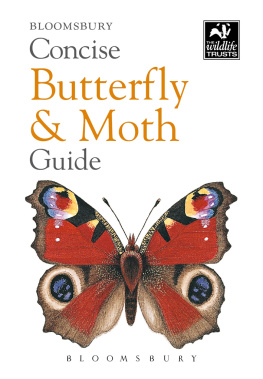
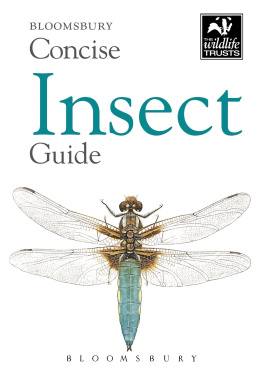
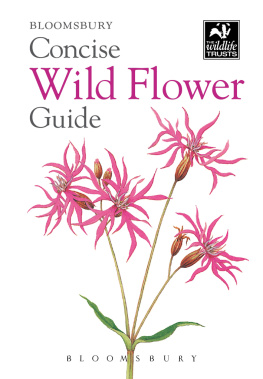

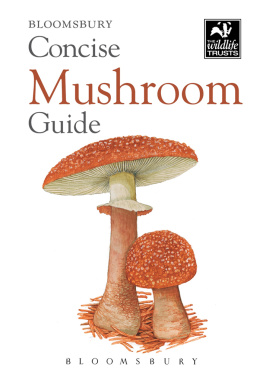
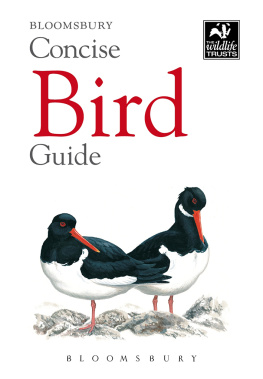
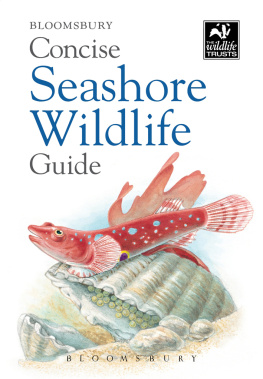
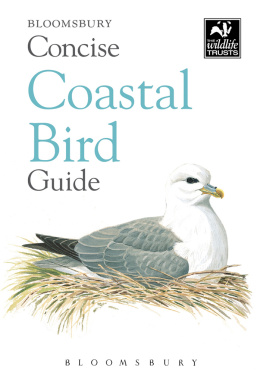
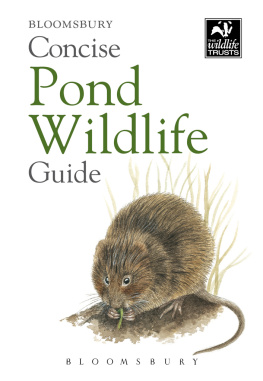
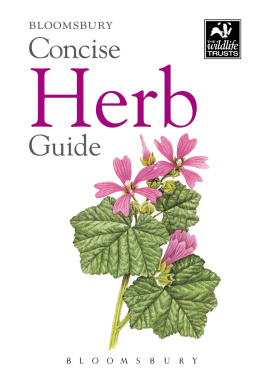
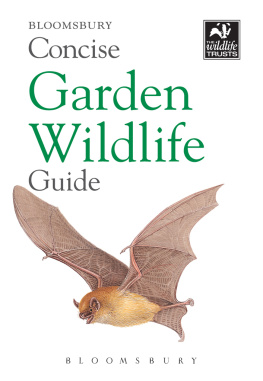
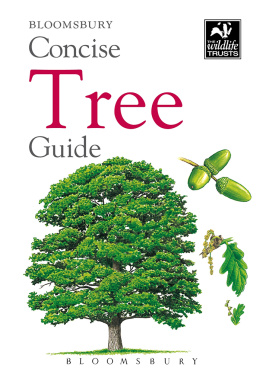
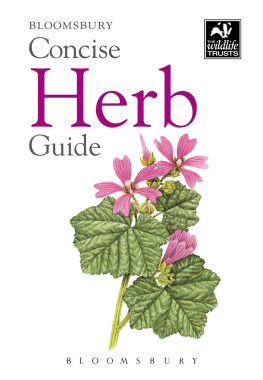
 There are 47 individual Wildlife Trusts covering the whole of the UK and the Isle of Man and Alderney. Together The Wildlife Trusts are the largest UK voluntary organization dedicated to protecting wildlife and wild places everywhere at land and sea. They are supported by 791,000 members, 150,000 of whom belong to their junior branch, Wildlife Watch. Every year The Wildlife Trusts work with thousands of schools, and their nature reserves and visitor centres receive millions of visitors. The Wildlife Trusts work in partnership with hundreds of landowners and businesses across the UK in towns, cities and the wider countryside. Building on their existing network of 2,250 nature reserves, The Wildlife Trusts recovery plan for the UKs wildlife and fragmented habitats, known as A Living Landscape, is being achieved through restoring, recreating and reconnecting large areas of wildlife habitat.
There are 47 individual Wildlife Trusts covering the whole of the UK and the Isle of Man and Alderney. Together The Wildlife Trusts are the largest UK voluntary organization dedicated to protecting wildlife and wild places everywhere at land and sea. They are supported by 791,000 members, 150,000 of whom belong to their junior branch, Wildlife Watch. Every year The Wildlife Trusts work with thousands of schools, and their nature reserves and visitor centres receive millions of visitors. The Wildlife Trusts work in partnership with hundreds of landowners and businesses across the UK in towns, cities and the wider countryside. Building on their existing network of 2,250 nature reserves, The Wildlife Trusts recovery plan for the UKs wildlife and fragmented habitats, known as A Living Landscape, is being achieved through restoring, recreating and reconnecting large areas of wildlife habitat.  First published in 2010 by New Holland Publishers (UK) Ltd This edition published in 2014 by Bloomsbury Publishing Plc This electronic edition published in 2014 by Bloomsbury Publishing Plc Copyright 2014 text and illustrations Bloomsbury Publishing Plc All rights reserved You may not copy, distribute, transmit, reproduce or otherwise make available this publication (or any part of it) in any form, or by any means (including without limitation electronic, digital, optical, mechanical, photocopying, printing, recording or otherwise), without the prior written permission of the publisher.
First published in 2010 by New Holland Publishers (UK) Ltd This edition published in 2014 by Bloomsbury Publishing Plc This electronic edition published in 2014 by Bloomsbury Publishing Plc Copyright 2014 text and illustrations Bloomsbury Publishing Plc All rights reserved You may not copy, distribute, transmit, reproduce or otherwise make available this publication (or any part of it) in any form, or by any means (including without limitation electronic, digital, optical, mechanical, photocopying, printing, recording or otherwise), without the prior written permission of the publisher.